Categories
- FQA (36)
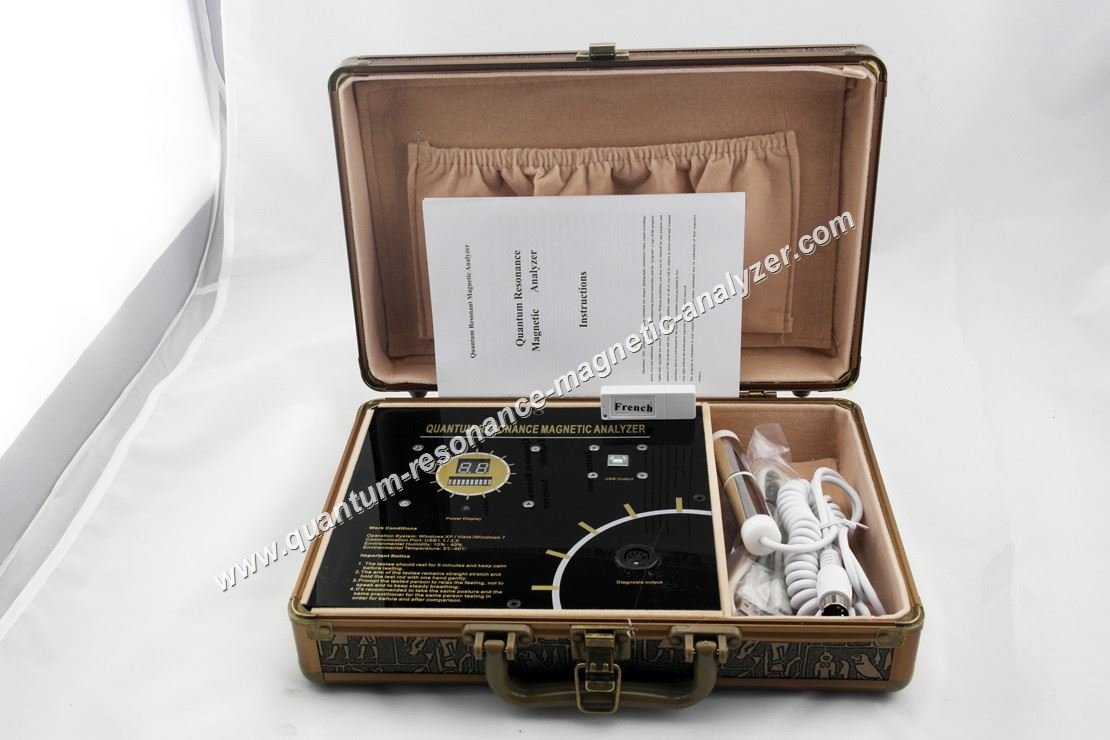
A Quantum Resonance Magnetic Analyzer is an advanced diagnostic device that utilizes quantum physics principles to assess various health parameters. These non-invasive systems measure the body’s electromagnetic field through sensors, typically attached to the fingers, to generate comprehensive health reports covering multiple bodily systems.
The Quantum Resonance Magnetic Analyzer operates on the principle that all cells in the human body emit specific electromagnetic frequencies. The analyzer detects these subtle energy signals, processes them through specialized algorithms, and generates detailed health assessments based on established reference values.
Modern analyzers can typically generate between 30-60 different health reports, covering cardiovascular health, nutritional status, bone density, and many other physiological parameters.
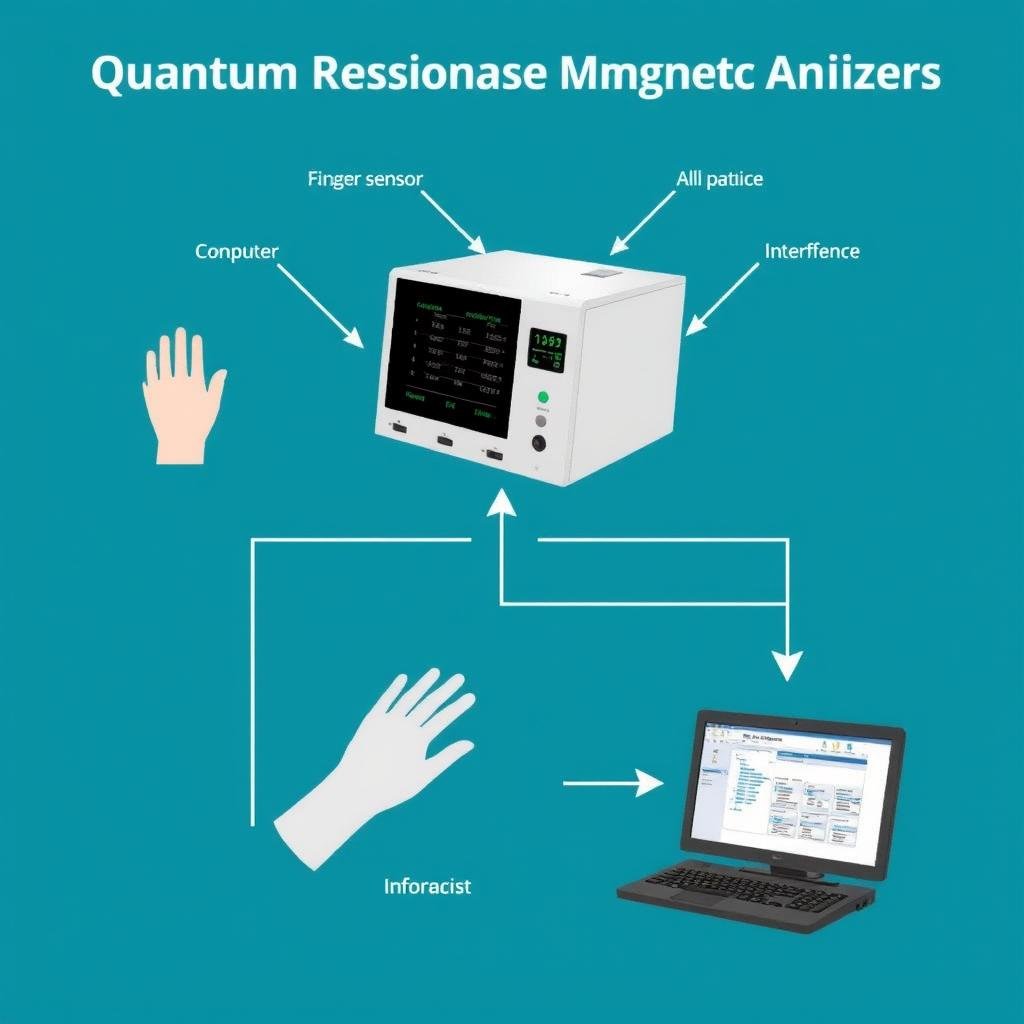
Identify potential health issues before they manifest as clinical symptoms, allowing for early intervention.
Track patient progress over time with quantifiable measurements across multiple health parameters.
Supplement traditional diagnostic methods with comprehensive body system analysis.
Not sure which analyzer features align with your clinic’s specific requirements? Our experts can help you identify the optimal configuration.
When evaluating different Quantum Resonance Magnetic Analyzer models, several critical features determine the device’s clinical utility, accuracy, and return on investment. Understanding these key specifications will help you select a system that meets your facility’s specific needs.
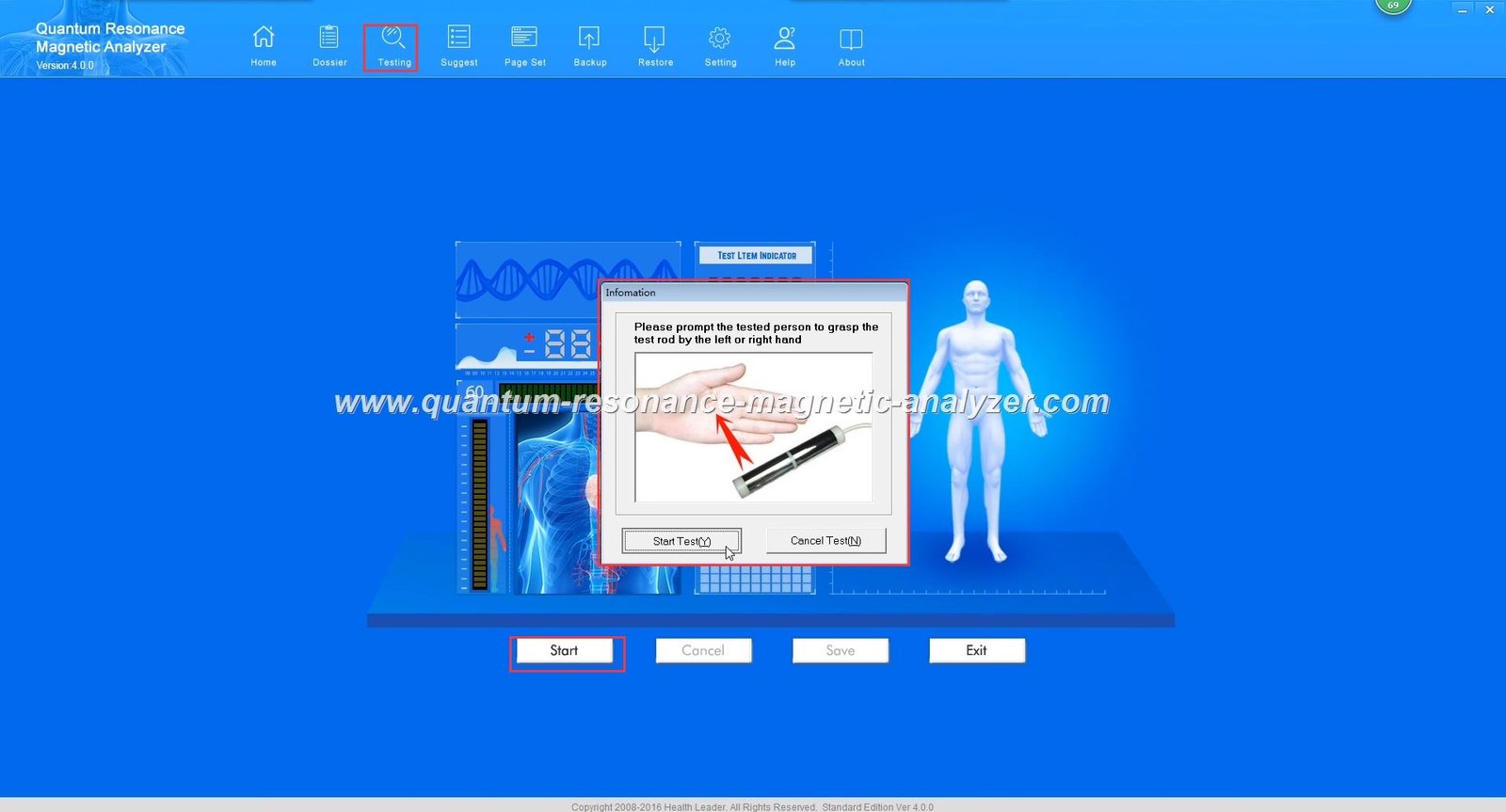
The software interface is the cornerstone of your analyzer’s functionality. Latest-generation systems offer compatibility with both Windows and Android operating systems, providing flexibility in how you deploy the technology in your clinic.
Look for software that includes multi-language support, cloud storage capabilities for patient records, and regular update availability to ensure your system remains current with the latest reference databases.
| Feature | Basic Models | Mid-Range Models | Premium Models |
| Number of Health Reports | 30-40 | 40-50 | 50-60+ |
| Analysis Time | 60-90 seconds | 30-60 seconds | 15-30 seconds |
| Sensor Technology | Single finger sensor | Dual finger sensors | Multi-point sensors (fingers, hand, foot) |
| Report Format | Basic PDF | Interactive PDF with graphs | Customizable reports with comparative analysis |
| Database Updates | Manual updates | Quarterly automatic updates | Monthly automatic updates with clinical research integration |
Modern Quantum Resonance Magnetic Analyzers range from compact portable units to more substantial desktop systems. Consider your space constraints and whether you need to transport the device between different locations.
Portable analyzers typically weigh between 1-2 kg and come with carrying cases, while desktop models offer larger displays and additional sensor options but require dedicated space.
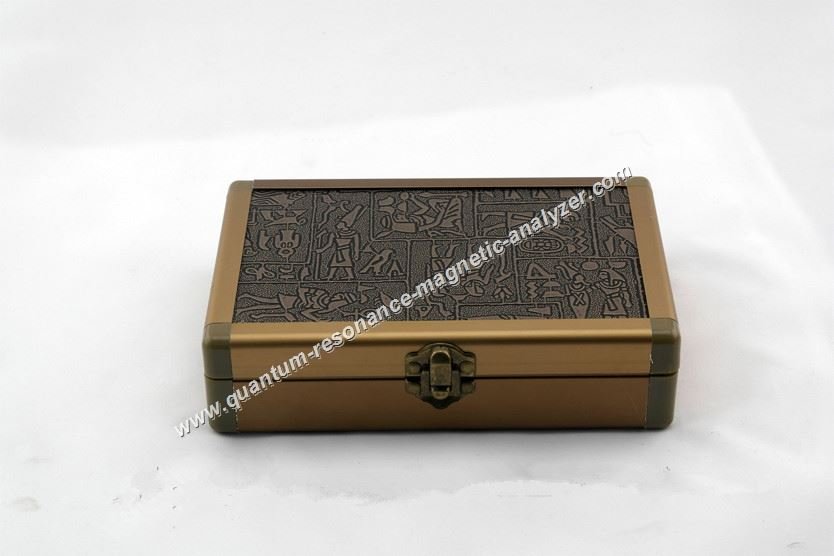
Access our detailed comparison chart of the top 10 Quantum Resonance Magnetic Analyzer models currently available for clinical use.
The market offers several generations of Quantum Resonance Magnetic Analyzers, each with distinct capabilities and price points. Understanding the strengths and limitations of leading models will help you identify the system that best aligns with your clinical requirements.
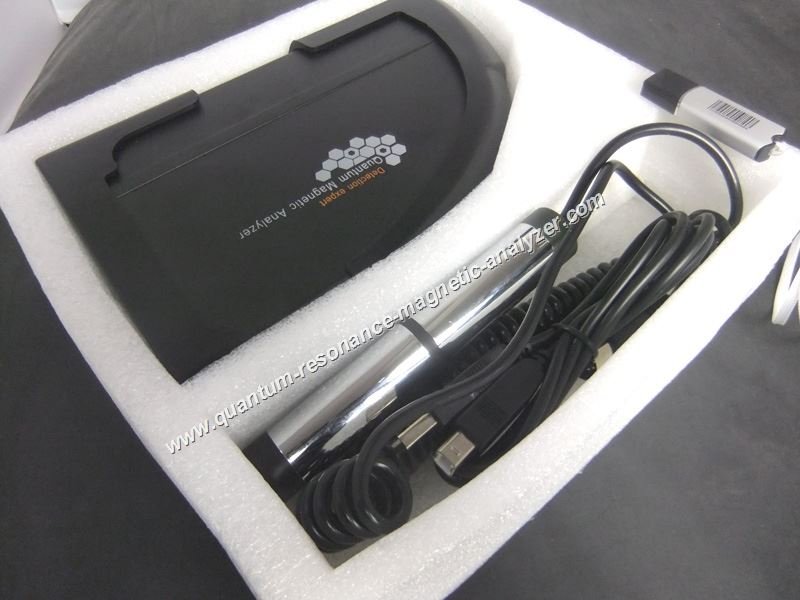
Experience how the latest Quantum Resonance Magnetic Analyzer technology can enhance your diagnostic capabilities.
Investing in a Quantum Resonance Magnetic Analyzer requires careful financial planning beyond the initial purchase price. Understanding the total cost of ownership will help you make a financially sound decision that aligns with your clinic’s budget constraints.

In the Nigerian market, Quantum Resonance Magnetic Analyzers typically range from ₦85,000 for basic models to ₦250,000+ for premium systems with advanced features. International models may cost significantly more when factoring in import duties and shipping.
Beyond the device itself, budget for essential accessories such as additional sensors, carrying cases, and backup components that may not be included in the base package.
| Consideration | Outright Purchase | Leasing/Financing |
| Initial Cash Outlay | High (Full payment required) | Low (Typically 10-20% down payment) |
| Ownership | Immediate full ownership | Ownership after lease period or financing term |
| Tax Benefits | Depreciation deductions | Monthly payments may be fully deductible as business expenses |
| Technology Upgrades | Additional cost when upgrading | Often includes upgrade options at end of term |
| Total Cost | Lower total cost | Higher total cost due to interest/fees |
Many premium analyzers require annual software subscriptions ranging from ₦15,000-₦30,000 for database updates and technical support.
Budget for calibration services (₦10,000-₦20,000 annually) and potential component replacements, particularly for sensors that experience regular wear.
Staff training costs may include initial certification (₦25,000-₦50,000) and refresher courses when software updates introduce new features.
“The true value of a Quantum Resonance Magnetic Analyzer is measured not just by its purchase price, but by the return on investment it delivers through enhanced diagnostic capabilities, patient satisfaction, and additional revenue streams.”
Discover flexible payment plans and leasing options that make acquiring advanced Quantum Resonance Magnetic Analyzer technology more accessible.
Ensuring the reliability and accuracy of your Quantum Resonance Magnetic Analyzer is essential for maintaining clinical standards and patient trust. Implementing proper validation protocols helps verify that your system delivers consistent and meaningful results.
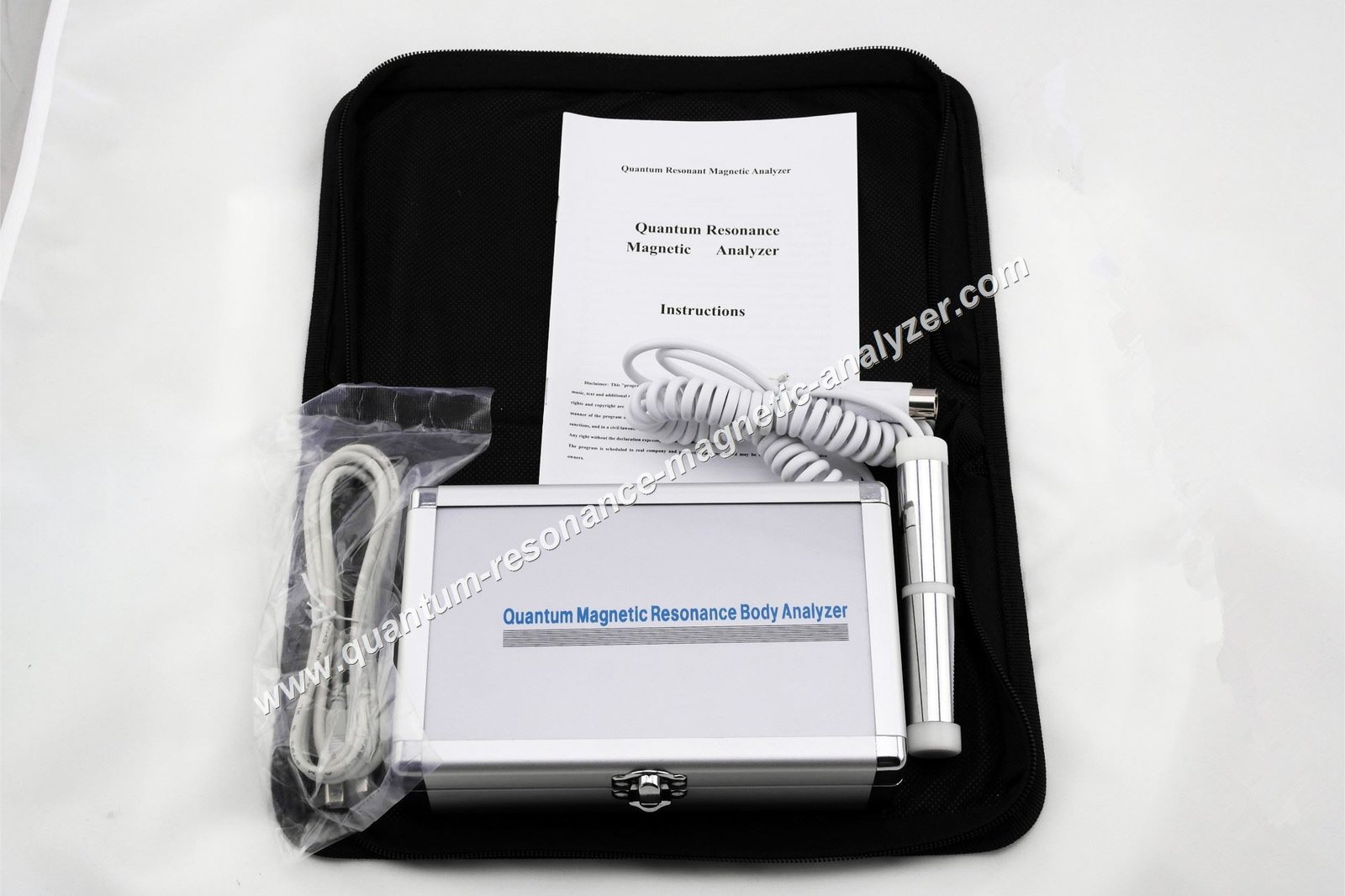
Important: While Quantum Resonance Magnetic Analyzers provide valuable health insights, they should be used as complementary tools alongside conventional diagnostic methods, not as standalone diagnostic devices for critical clinical decisions.
Understanding the statistical significance of analyzer results requires familiarity with key accuracy metrics. Modern analyzers typically provide confidence intervals and deviation ranges for each measured parameter.
Parameters with high correlation to conventional tests (typically above 85%) can be considered more reliable indicators, while those with lower correlation rates should be interpreted with additional caution and verification.
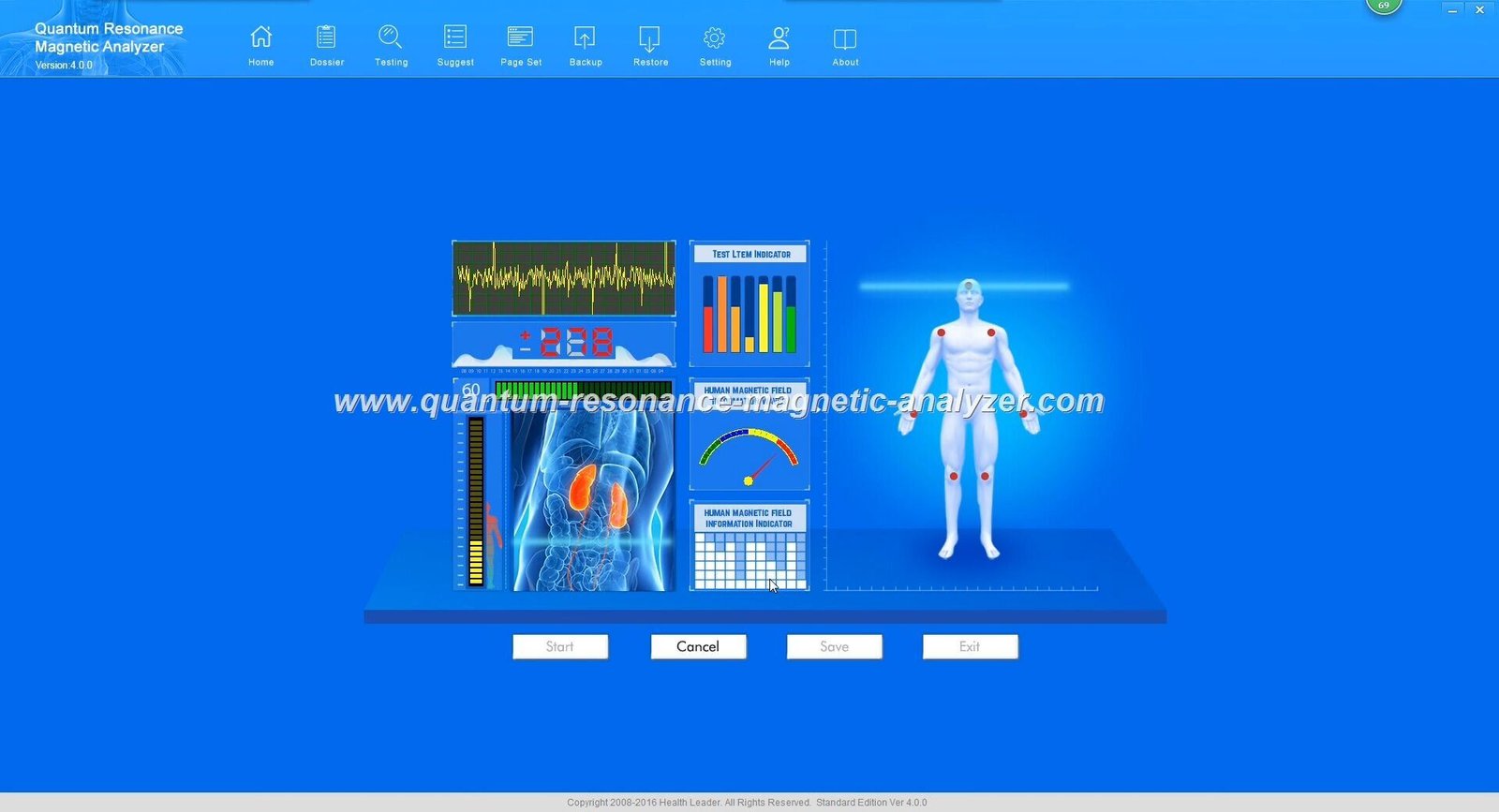
Learn advanced techniques for interpreting Quantum Resonance Magnetic Analyzer results with our specialized training program.
Proper maintenance and comprehensive staff training are crucial for maximizing the lifespan and effectiveness of your Quantum Resonance Magnetic Analyzer. Implementing structured protocols ensures consistent performance and accurate results.
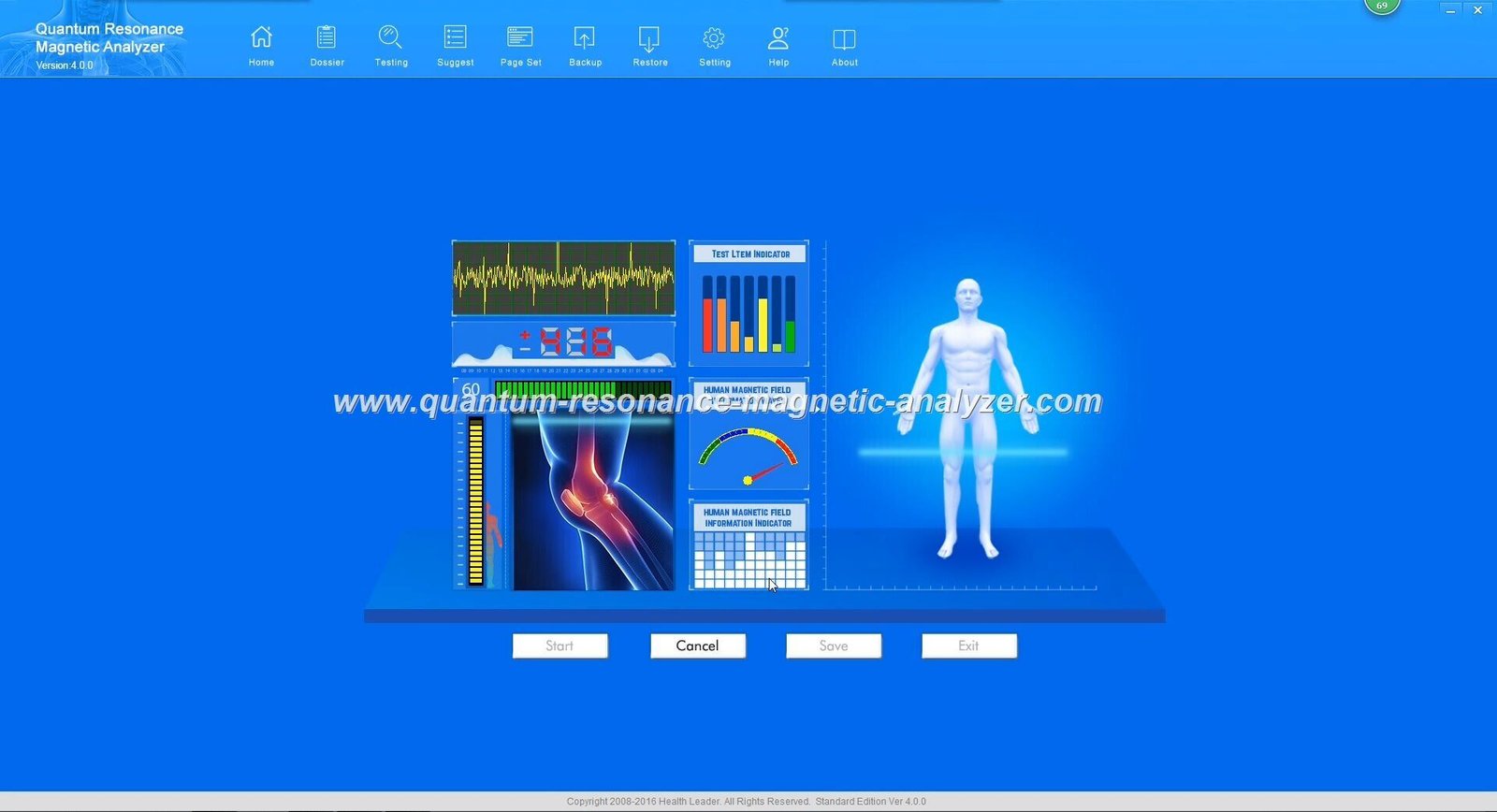
All staff using the analyzer should complete fundamental training covering device operation, patient preparation, and basic troubleshooting (typically 4-8 hours).
Clinicians interpreting results should receive additional training on report interpretation, correlation with conventional diagnostics, and clinical application (typically 8-16 hours).
Designate at least one staff member for advanced technical training covering software management, calibration procedures, and first-line troubleshooting (typically 16-24 hours).
Certification Tip: Many manufacturers offer certification programs for operators. These credentials can enhance your clinic’s credibility and may be required for certain insurance reimbursements related to analyzer-based assessments.
Inconsistent readings often result from improper sensor contact or environmental interference. Ensure the patient’s fingers are clean and properly positioned on the sensors. Check for nearby electronic devices that may cause electromagnetic interference. If problems persist, run the system’s self-diagnostic program and calibration routine.
First, verify all physical connections between the analyzer and computer. Restart both devices and ensure you’re using the correct USB port (many analyzers require USB 2.0 or higher). Check that your operating system meets the minimum requirements and that all drivers are properly installed. For persistent issues, reinstall the software using administrator privileges.
Following power disruptions, run a complete system diagnostic to ensure all components are functioning properly. Verify database integrity and recalibrate the system if necessary. Consider investing in an uninterruptible power supply (UPS) to protect the analyzer from future power fluctuations that could damage sensitive components.
Access our network of certified Quantum Resonance Magnetic Analyzer technicians for maintenance, repairs, and technical support.
Selecting the right Quantum Resonance Magnetic Analyzer for your clinic requires balancing technical specifications, budget considerations, and your specific clinical needs. By thoroughly evaluating these factors, you can make an informed investment that enhances your diagnostic capabilities and provides value to your patients.
“The most successful implementations of Quantum Resonance Magnetic Analyzer technology occur when clinics align the device capabilities with their specific patient demographics and clinical objectives, rather than simply purchasing the most expensive or feature-rich model available.”

Our team of medical equipment specialists can help you identify the perfect Quantum Resonance Magnetic Analyzer for your clinic’s specific needs and budget.
